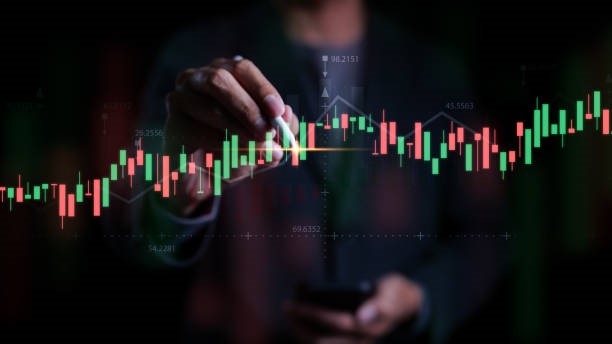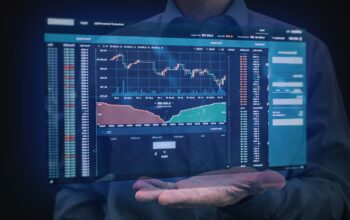Currencies are traded continuously on the foreign exchange market, which can be a devourer of funds if the right tools and instruments are not employed. To manage the constantly shifting market conditions and make well-informed judgements, traders and investors depend on advanced tools. The top tools for forex analysis that can provide traders with a competitive edge will be discussed in this post.
Top Tools for Forex Analysis
1. Trading Platforms
A dependable trading platform is the first step towards success in forex trading for beginners. MetaTrader 4 (MT4) and MetaTrader 5 (MT5) are examples of platforms that have become industry standards because of their user-friendly interface, sophisticated charting capabilities, and extensive selection of technical indicators. These systems give traders the ability to concurrently study market data and make deals.
2. Technical Analysis Tools
Technical analysis, which involves examining past price data to predict future price movements, is an essential component of forex trading. Effective technical analysis requires the use of the following tools:
a. Charts and Indicators:
A typical chart type used in forex analysis is the bar chart; other popular chart types include line charts and candlestick charts. Relative Strength Index (RSI), Bollinger Bands, and Moving Averages are a few examples of indicators that traders use to spot trends, reversals, and overbought or oversold situations.
b. Fibonacci Retracement Tools:
By using the Fibonacci sequence to determine possible levels of support and resistance, these tools aid traders in predicting market retracements and extensions.
c. Support and Resistance Tools:
Traders use charts with trendlines, horizontal lines, and channels to determine critical points at which the price could revert or increase.
3. Fundamental Analysis Tools
Fundamental analysis involves evaluating economic indicators, news, and geopolitical events to explore the basis for underlying factors influencing currency values. Fundamental analysis requires the use of the following instruments:
a. Economic Calendars:
These resources offer a timetable of economic events, including GDP releases, employment data, and interest rate decisions. Traders forecast market movements with the help of this information.
b. News Feeds and Analysis Services:
Keeping up with world events that could affect currency markets requires having access to real-time news feeds and analysis from reliable sources.
4. Algorithmic Trading Tools
Traders can make trades according to preset criteria by using algorithms. Among the widely used algorithmic trading tools are:
a. Expert Advisors (EAs):
These are automated trading programmes (bots) that carry out trades automatically according to pre-programmed methods. Without human assistance, they are capable of analysing market circumstances and executing deals.
b. Backtesting Software:
Traders can use backtesting software to mimic an algorithm’s performance using historical data prior to deploying it. In doing so, trading strategies are improved and optimised.
5. Risk Management Tools
Risk is a cogent factor when it comes to forex trading. A forex trader must employ risk management instruments to reduce losses and curb extreme uncertainties. The following tools assist traders in managing risk:
a. Stop Loss and Take Profit Orders:
These orders help traders protect profits and limit possible losses by automatically closing a trade at a predetermined price.
b. Position Sizing Calculators:
These instruments assist traders in determining the appropriate size of each trade based on their risk tolerance and account size.
Conclusion
Success in the forex market requires a combination of technical and fundamental analysis, coupled with effective risk management. The tools mentioned in this article provide traders with the resources needed to make informed decisions and navigate the complexities of the currency market. It doesn’t matter if you’re a novice or an experienced trader; incorporating these tools into your trading strategy can contribute to a more systematic and disciplined approach to forex trading.
Best Tools for Analysis | Source: Supatman Via Istockphotos




